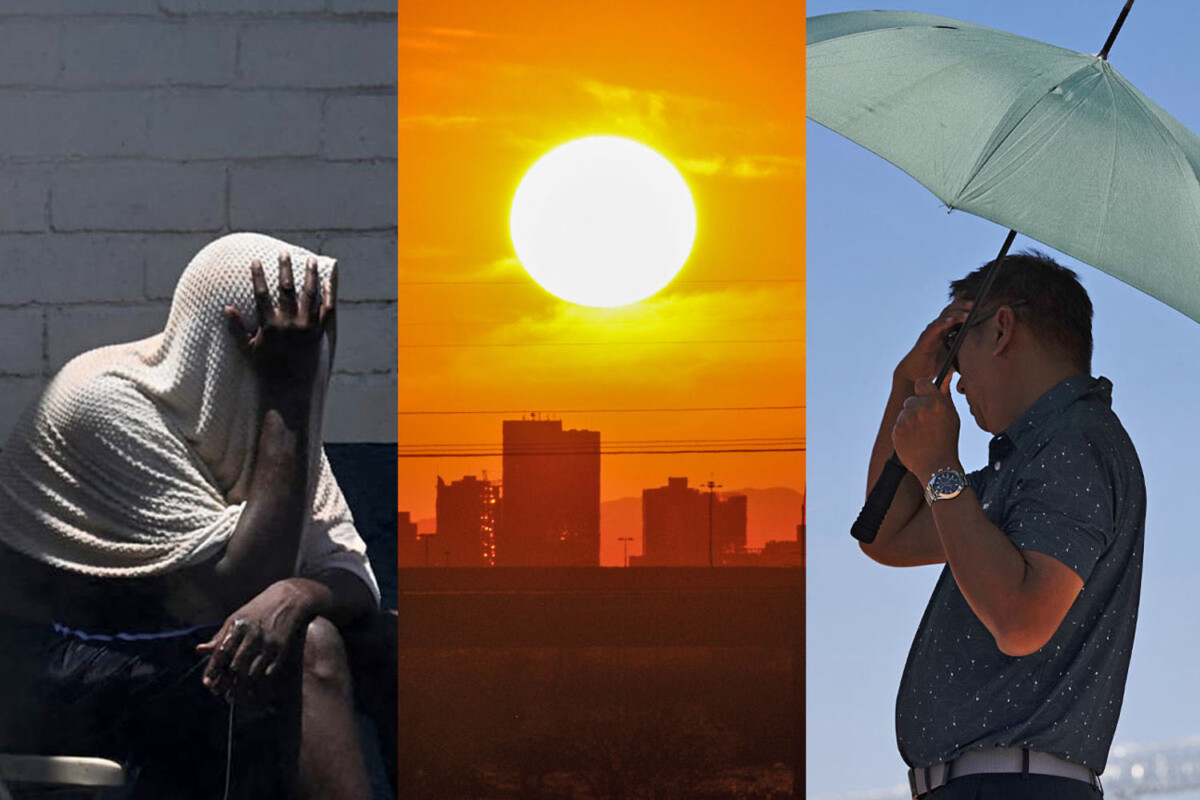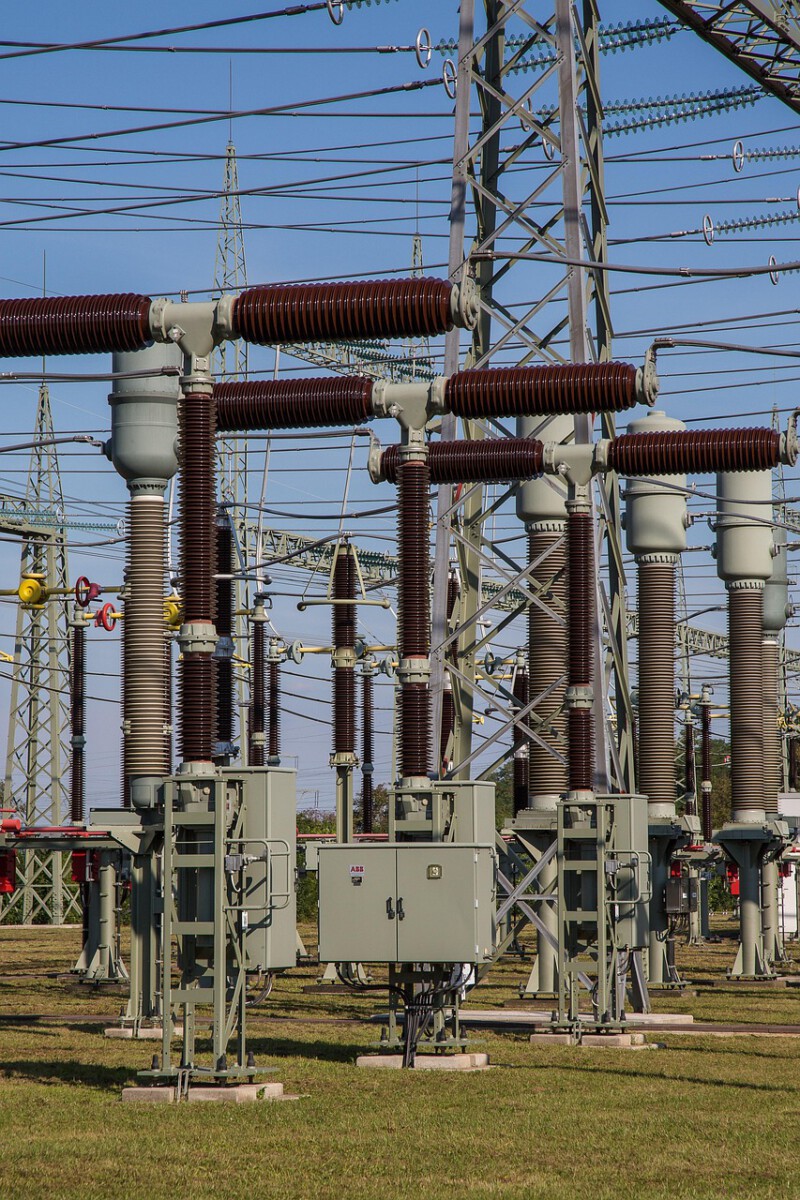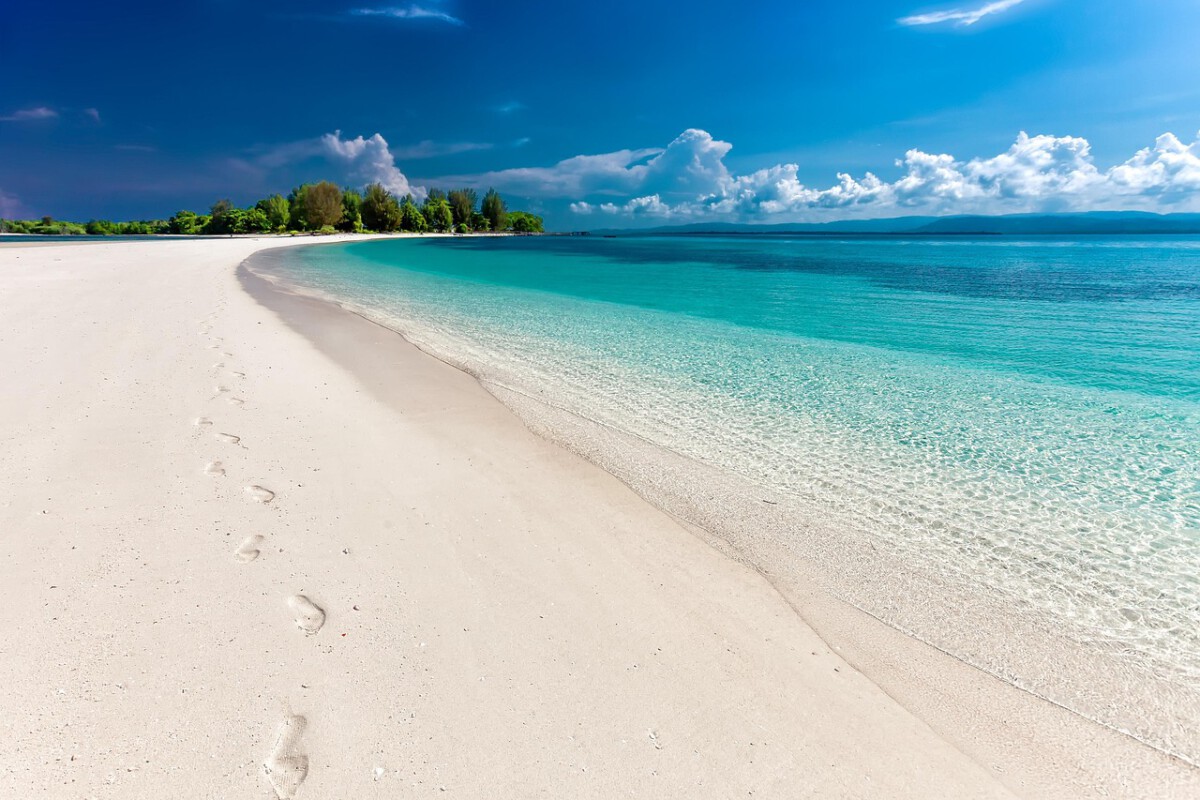Record-Breaking Temperatures Reshape America’s Climate Map
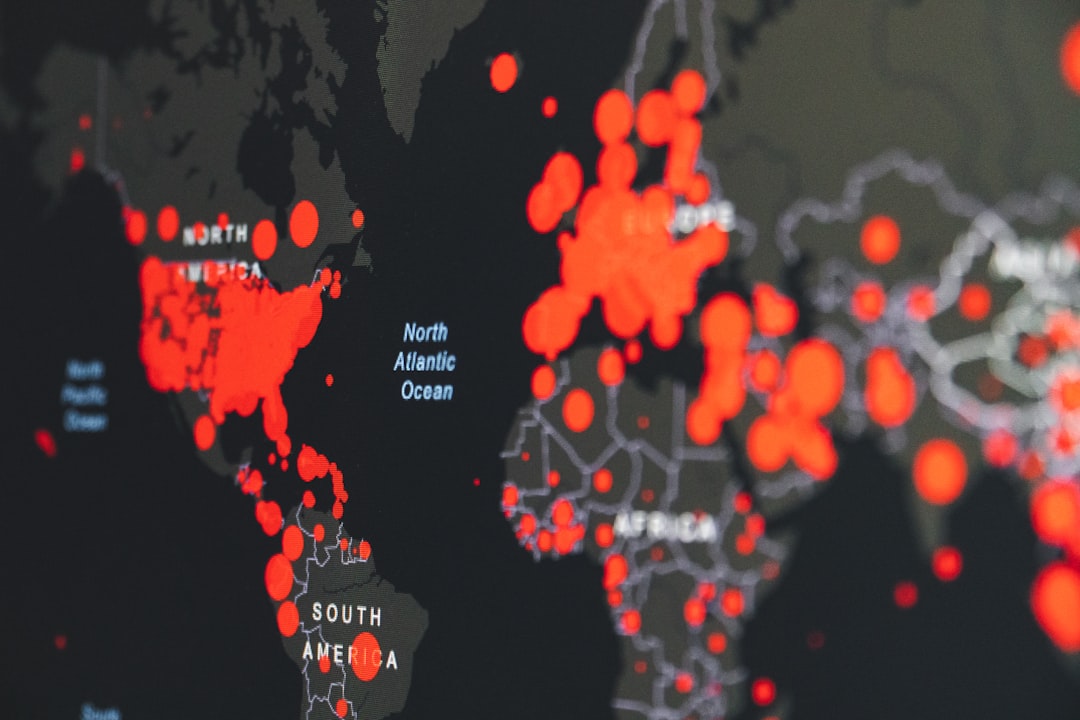
Just last year, America experienced its hottest year on record since temperature measurements began 175 years ago. Virtually the entire contiguous U.S. was unusually warm in 2024, NOAA found. Specifically, the country was 3.5°F above the 20th century average. A total of 1,117 counties across the Lower 48 states and Alaska — one-third of all counties — were record warm for the year. Seventeen states (Texas, Oklahoma, Minnesota, Wisconsin, Michigan, Indiana, Ohio, Kentucky, Tennessee, West Virginia, Virginia, Pennsylvania, Maryland, New York, Vermont, New Hampshire and Maine) ranked warmest on record while all but two remaining states across the Lower 48 ranked as one of the warmest five years on record. It’s like America’s thermostat got stuck on high heat, with consequences rippling through every corner of the nation.
The Southwest Scorches Under Extreme Heat Records

Heat milestones were also obliterated in Phoenix, which had 70 days of 110°F or higher days and its hottest summer and year on record. By 27 September, 664 deaths in Phoenix and 342 in Las Vegas were linked to heat illnesses caused by prolonged triple-digit temperatures, beating the 2023 record of heatwave deaths in Las Vegas. July 2024 was the hottest calendar month on record in many cities across the western United States, including Las Vegas, Palm Springs, Fresno, Redding, Salem, and San Jose. Arizona, California, Florida, Maine and New Hampshire saw their warmest summers on record, while hurricanes rocked Hawaii and the Southeast, and drought scorched the Northeast for the first time. The desert regions that have always been hot are now experiencing what scientists describe as dangerously unprecedented heat levels.
Hurricane Devastation Across the Southeast Reaches New Heights
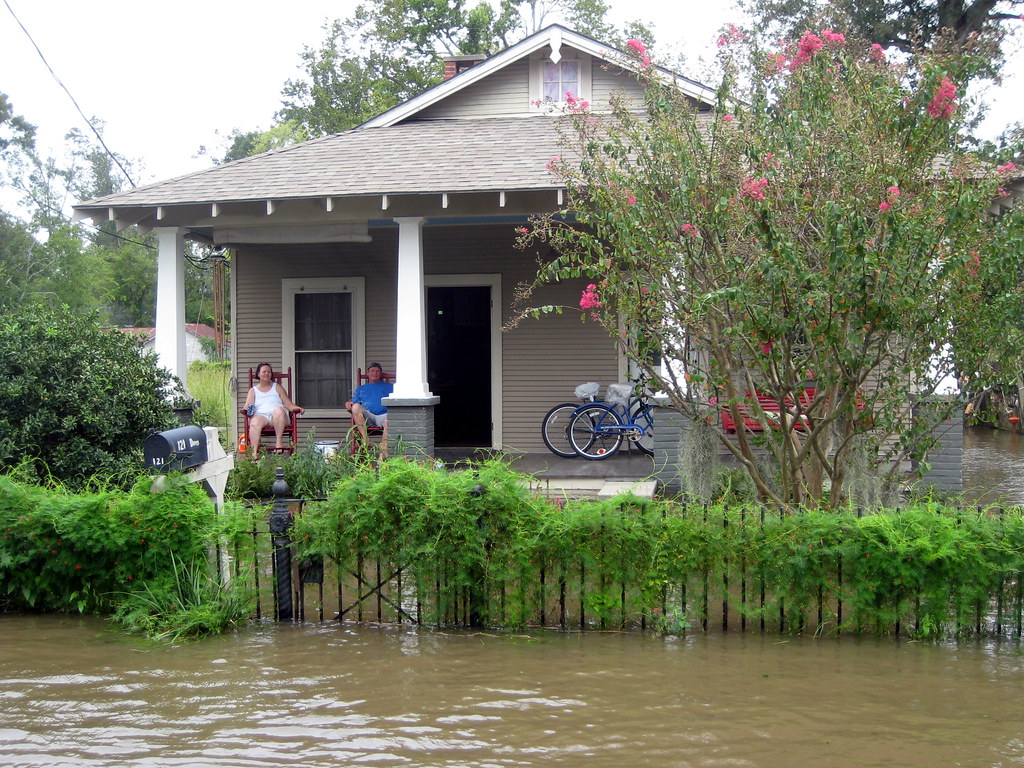
With Hurricane Helene at the top of the list, there were 27 disasters in the United States in 2024 that individually cost $1 billion or more. It was the second-highest number since the NOAA record began in 1980. Hurricane Helene made landfall as a Category 4 storm in the Big Bend region of Florida on September 26, caused catastrophic flash flooding and power outages impacting millions of people from Florida to North Carolina and resulted in at least 219 fatalities. Helene’s most severe impacts were from the historic rainfall (up to 30+ inches) and flooding across much of western North Carolina. This flooding eclipsed the region’s previous worst flood from 1916. The storm showed how climate change is making hurricanes more devastating, with slower-moving systems dumping massive amounts of water far inland.
Midwest Tornadoes Break Historical Records
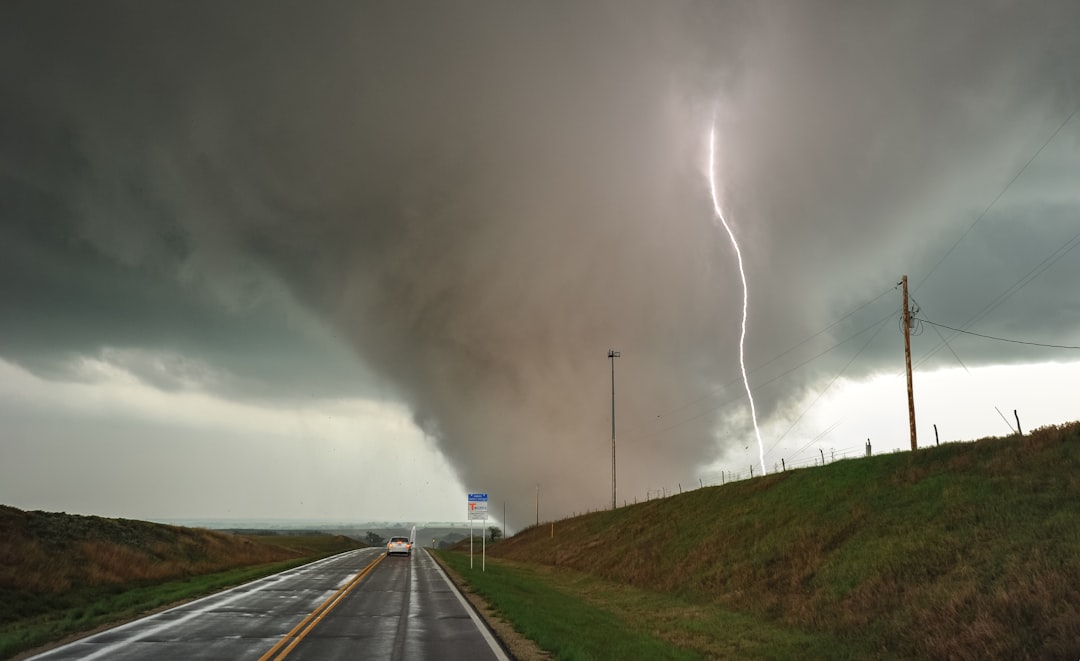
There were six billion-dollar tornado outbreaks over the summer and fall, primarily concentrated in the Midwest. Illinois, Iowa, and Missouri each experienced over 100 tornados in 2024. Across the country, there were over 1700 tornadoes total, more than any other year except 2011. Human-caused climate change is increasing the frequency and intensity of certain types of extreme weather that lead to billion-dollar disasters—most notably the rise in vulnerability to drought, lengthening wildfire seasons in the Western states, and the potential for extremely heavy rainfall becoming more common in the eastern states. The traditional “Tornado Alley” is expanding, bringing destructive storms to areas that historically saw fewer severe weather events. These tornadoes aren’t just more frequent—they’re happening in places where communities aren’t as prepared for them.
California’s Wildfire Crisis Intensifies
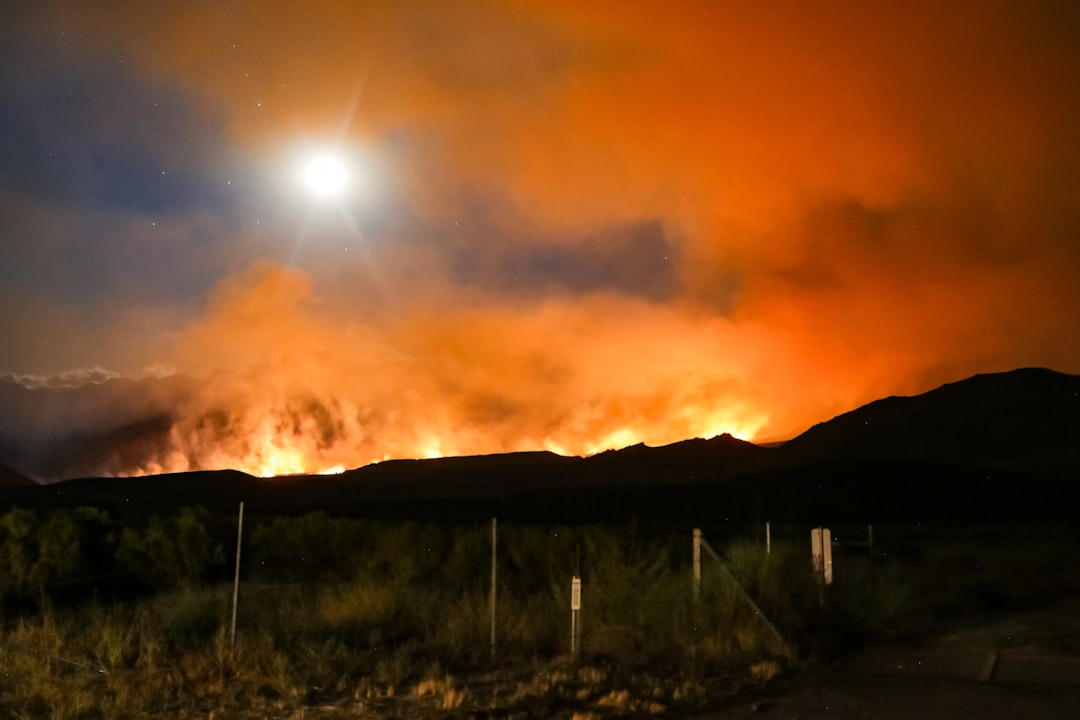
17 of the 20 largest California wildfires by acreage and 18 of the 20 most destructive wildfires by the number of buildings destroyed have occurred since the year 2000 (Cal-Fire stats, 2025). New Mexico experienced a billion-dollar wildfire event in July. Higher temperatures caused by anthropogenic climate change made an ordinary drought into an exceptional drought that parched the American West from 2020-2022, according to a new study by scientists from the University of California, Los Angeles (UCLA), NOAA’s National Integrated Drought Information System (NIDIS), and the Cooperative Institute for Research in Environmental Sciences. “During the drought of 2020–2022, moisture demand really spiked,” Fu said. “Though the drought began through a natural reduction in precipitation, I would say its severity was increased from the equivalent of ‘moderate’ to ‘exceptional’ on the drought severity scale due to climate change.” It’s like the West Coast is caught in a vicious cycle where hotter temperatures create drier conditions, which then fuel more intense wildfires.
Northeast Faces Unprecedented Extreme Weather

On June 19, Caribou, Maine tied their all time highest temperature at 96 °F (36 °C). Portions of northeastern Maine had their first ever excessive heat warning on record. Floods have generally become larger across parts of the Northeast and Midwest and smaller in the West, southern Appalachia, and northern Michigan. Large floods have become more frequent across the Northeast, Pacific Northwest, and parts of the northern Great Plains, and less frequent in the Southwest and the Rockies. U.S. adults living in New England (Connecticut, Maine, Massachusetts, New Hampshire, Rhode Island and Vermont) (72%) and Pacific (Alaska, California, Hawaii, Oregon and Washington) (70%) states are somewhat more likely than adults living in other areas to see at least some local climate impact. The Northeast, traditionally known for its moderate summers, is experiencing heat waves that would have been unthinkable just decades ago.
Texas Struggles with Climate Extremes

Southern Texas was struck with a heatwave starting on May 25 2024, leading to numerous record breaking high temperatures recorded on 26 May 2024 in Del Rio at 112 °F (44 °C), Brownsville at 98 °F (37 °C) tied with the prior record set in 1928, and McAllen at 103 °F (39 °C). Texas saw a hail storm, a hurricane, and three severe weather events in 2024. The western part of the state is arid and drought-prone. August sees the highest temperatures, ranging from 93°F to 101°F. Florida had its second-warmest August since records began, with New Mexico and Texas each seeing their third-warmest August. Texas is like a climate laboratory where every type of extreme weather seems to converge—from devastating hurricanes along the coast to record-breaking heat waves and drought inland.
Drought Conditions Spread Across Multiple Regions
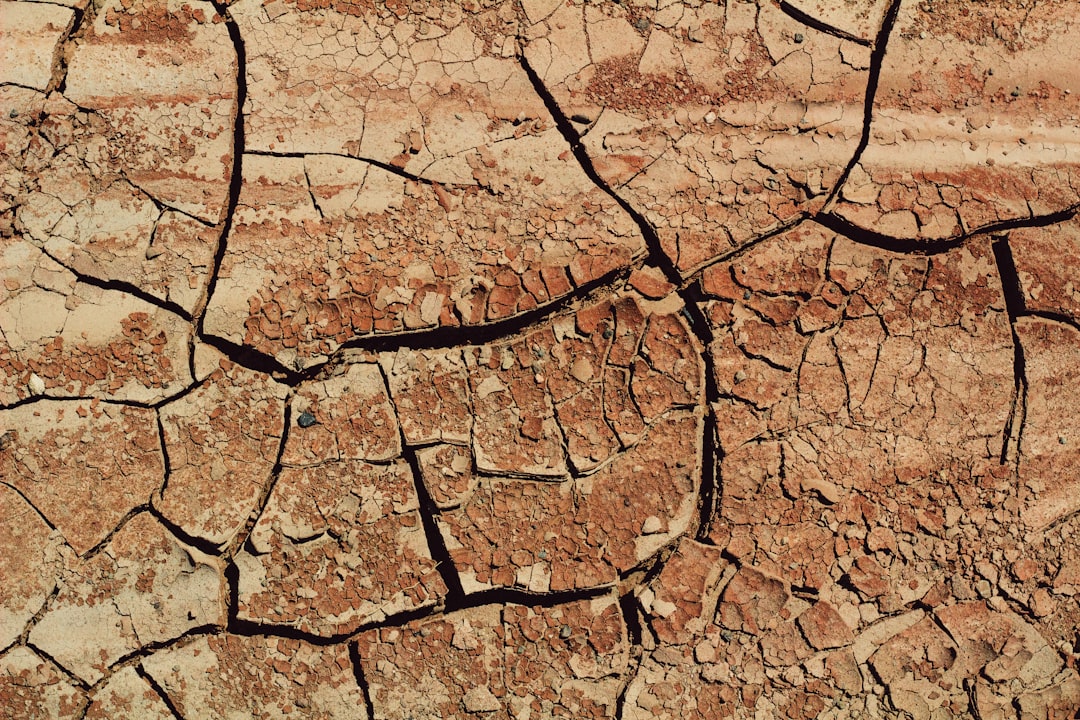
The U.S. Drought Monitor showed that 88% of the Lower 48 states were in some form of drought conditions as of Nov. 5 — the highest percentage in the history of this product. The year began with approximately 33 percent of the contiguous U.S in drought. Drought coverage shrank as the year progressed and reached the minimum extent for the year at 12 percent on June 11—the smallest contiguous U.S. drought footprint since early 2020. As the summer progressed, hot and dry conditions led to the expansion of drought across the Southeast and Mid-Atlantic as well as across the Plains. By October 29, the extent of drought peaked for the year with more than half of the contiguous U.S. (54 percent) in drought, covering significant portions of the Northwest, Southwest, northern and central Rockies, Plains, Great Lakes, the western and central Gulf Coast states as well as the central Appalachians, Mid-Atlantic and portions of the Northeast. This drought wasn’t just affecting traditional dry regions—it spread into areas that normally receive plenty of rainfall.
Economic Costs Reach Unprecedented Levels
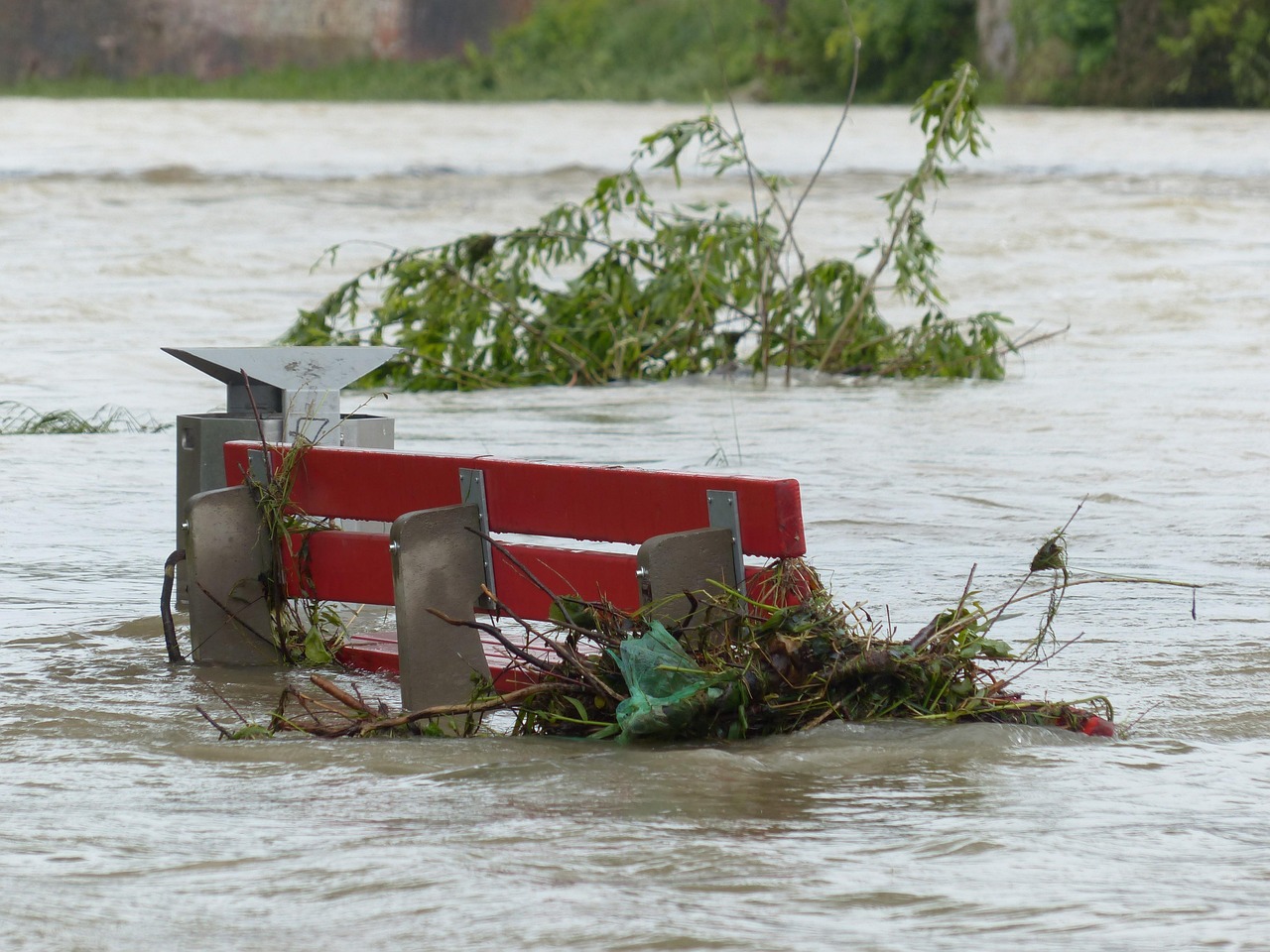
The U.S. cost for these disasters in 2024 was $182.7 billion and was fourth highest on record. Losses from the billion-dollar disasters tracked by NCEI have averaged $140 billion per year over the last decade (NCEI, 2025). The 2023 National Climate Assessment estimates the United States spends $150 billion each year on climate-related disaster relief. Some estimate that recovery from Hurricane Helene alone could cost up to $250 billion. In the 1980s, the U.S. averaged just 3.3 billion-dollar disaster events per year. That average grew to 5.7 per year in the 1990s, 6.7 per year in the 2000s, and 13.1 per year in the 2010s. Over the past four years (2020-2024) we have averaged a whopping 23 billion-dollar climate and weather disasters each year in the United States. It’s staggering to think about how these costs have escalated—we’re now spending more on climate disasters in a single year than many countries’ entire annual budgets.
Public Health Impacts Accelerate Across States
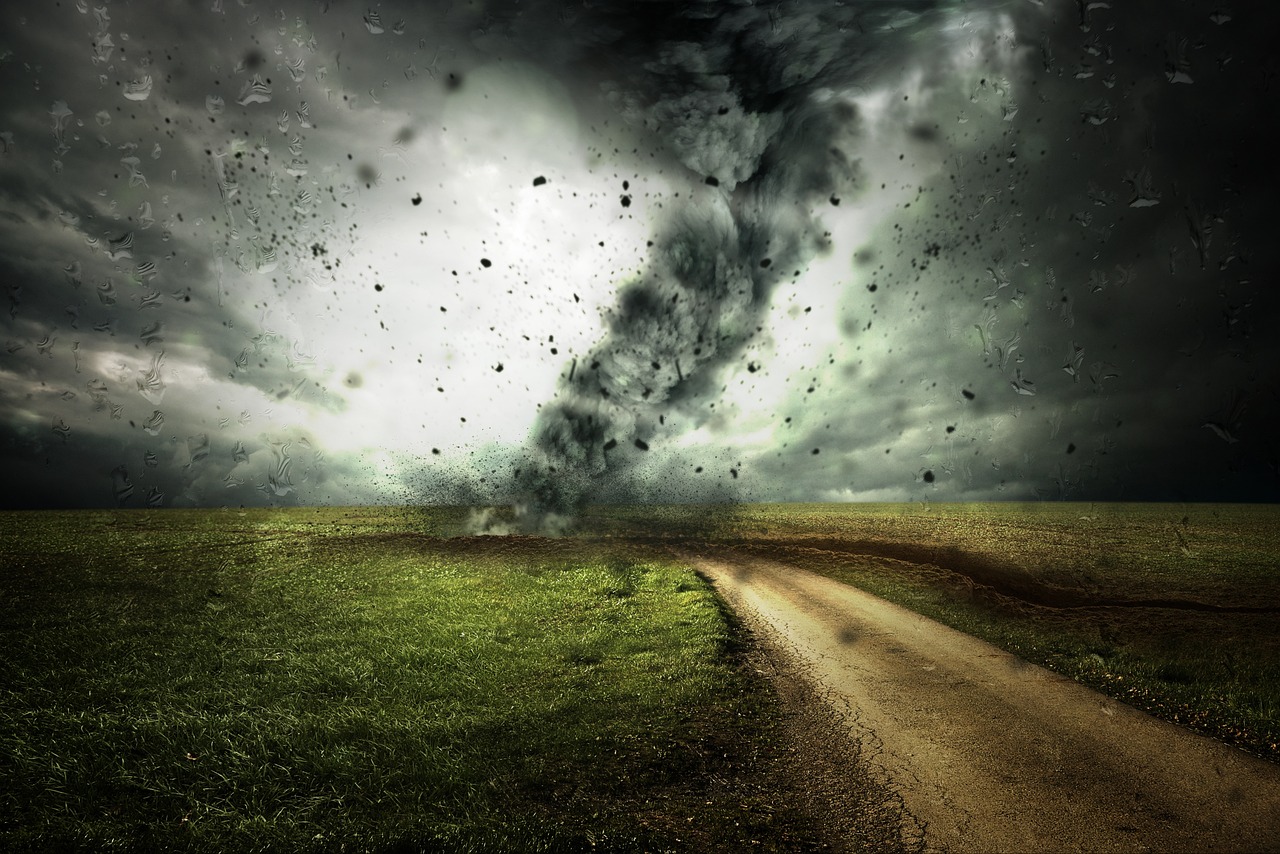
There were at least 568 fatalities associated with these events—the eighth-highest number of fatalities on record. Hurricane Katrina caused over 1,800 deaths, and in 2017 Hurricane Maria caused nearly 3,000 deaths in Puerto Rico. Hurricane Helene was the deadliest hurricane since Katrina in 2005, directly causing over 150 fatalities. Disruptions to water supplies and power systems can create risk for waterborne illness, environmental contaminants, mosquito borne illnesses, and can result in hospital closures which impacts the ability for patients to receive care. These aren’t just statistics—they represent families, communities, and entire regions struggling to cope with climate change impacts that are happening right now, not in some distant future.
Regional Climate Patterns Undergo Dramatic Shifts

For example, while most of the eastern U.S. has generally become wetter since 1900, the western U.S. — especially the Southwest — has experienced drier conditions. Risks of severe and prolonged megadroughts in the Southwest are projected to intensify over this century with continued warming. During the spring and summer, severe storms and river floods are generally most common — especially in the Upper Midwest, Ohio Valley, South, Southeast, Northeast. During the summer and into the fall, wildfires (in the West, Northwest, Southwest, and Northern Rockies and Plains) and tropical cyclones (in the South, Southeast, and Northeast) dominate. Compared to the period 1948–1999, the average drought area increased 17% over the western United States from 2000–2022 due to an increase in evaporative demand. The new analysis showed that since 2000, in 66% of the historical and emerging drought-prone regions, high evaporative demand alone could cause drought, meaning drought can occur even without precipitation deficit. Before 2000, that was only true for 26% of the area. America’s climate zones are literally shifting, creating new weather patterns that communities have never had to deal with before.
Future Projections Paint a Challenging Picture
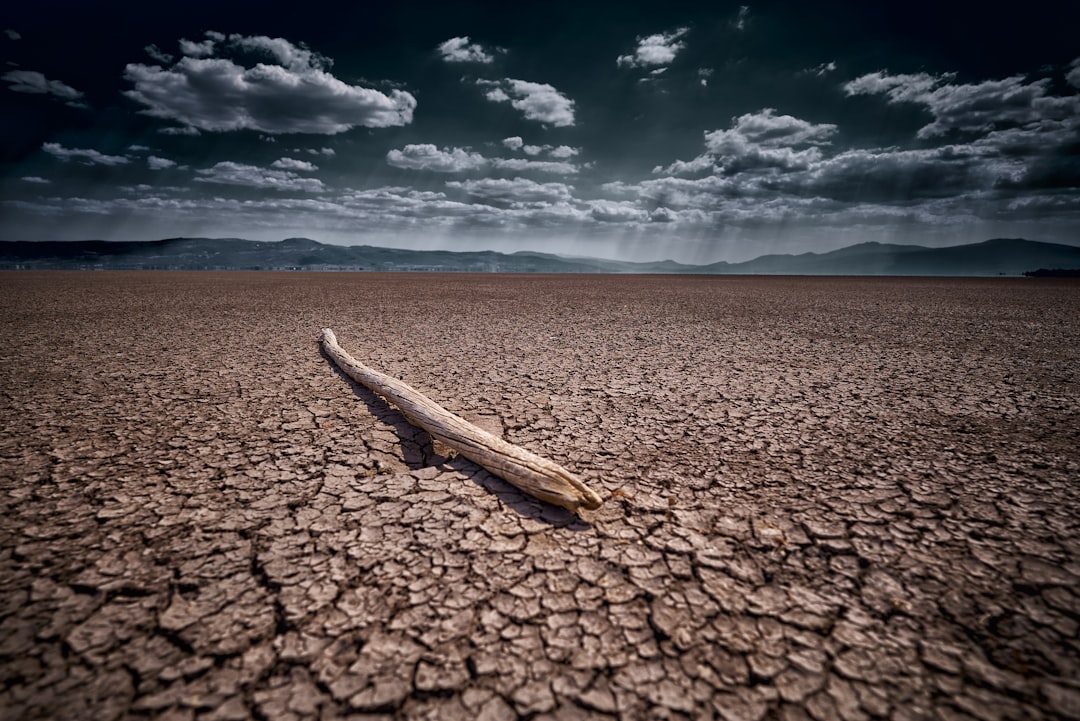
Experts say that although 2025 might not top 2024, it will still likely rank as one of the hottest years on record. AccuWeather’s 2025 U.S. summer forecast, calls for frequent heat and worsening drought across a large area of the country. Temperatures as a whole from June through August will be above the historical average. AccuWeather’s team of long-range forecasters, led by Senior Meteorologist Paul Pastelok, says the worst of the heat will be focused in the northern Rockies and across the Plains where records could be challenged on multiple occasions. The indicators show that human activities are increasing the Earth’s energy imbalance and driving faster sea-level rise compared to the AR6 assessment. And we can expect more of them in a warming climate, according to the Fifth National Climate Assessment: “Climate change is increasing the chances of multiple climate hazards occurring simultaneously or consecutively across the US and its territories.” Scientists are telling us that what we experienced in 2024 wasn’t an anomaly—it’s the new normal, and it’s only going to get more intense.


